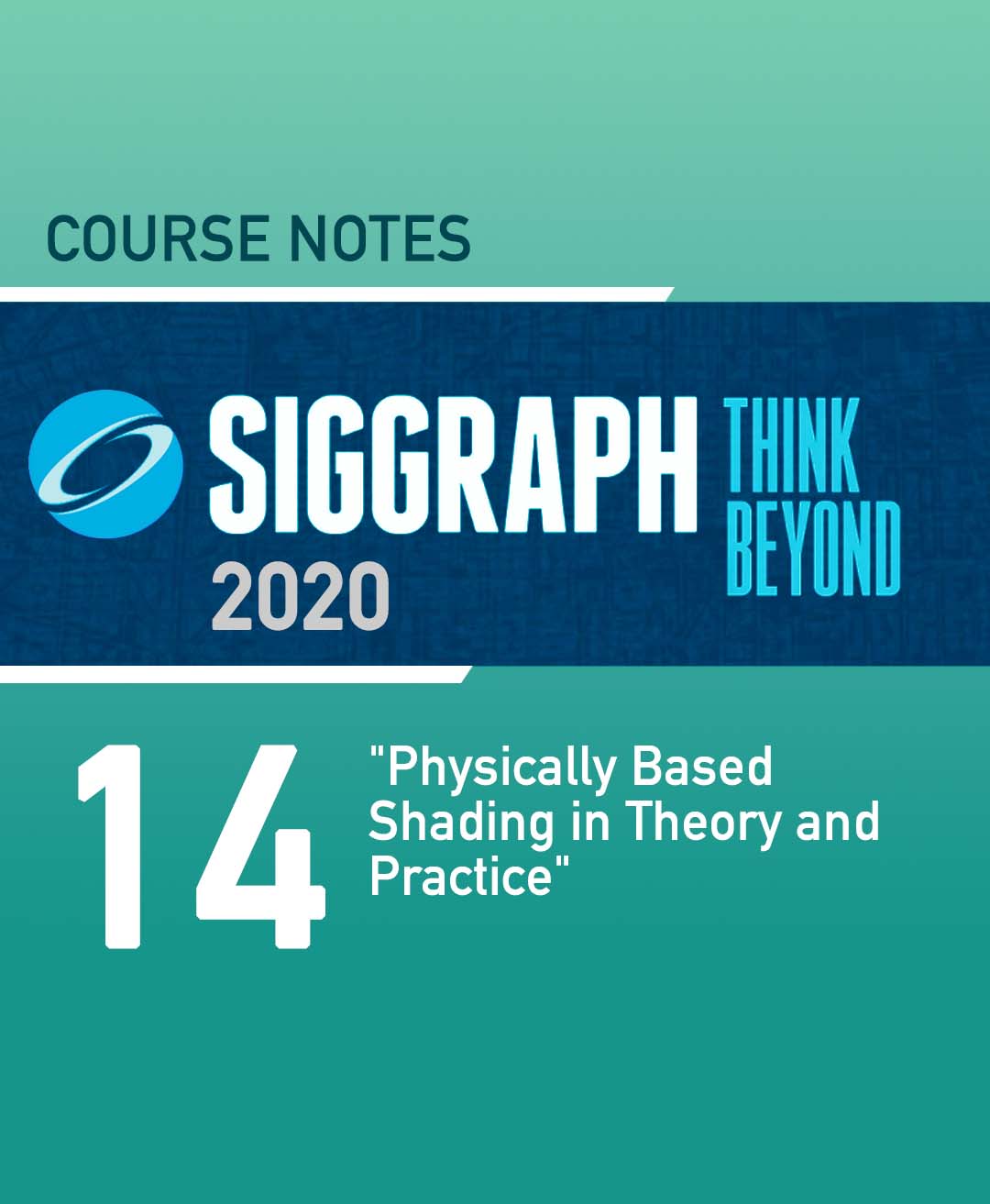“Physically Based Shading in Theory and Practice” by Belcour, Earl, Harrysson, Hillaire, Hoffman, et al. …
Conference:
Type(s):
Entry Number: 14
Title:
- Physically Based Shading in Theory and Practice
Course Organizer(s):
Presenter(s)/Author(s):
Abstract:
Level of Difficulty
Intermediate
Intended Audience
Practitioners from the video game, CG animation, and VFX elds, as well as researchers interested in shading models. Prerequisites An understanding of shading models and their use in lm or game production.
Description
Physically based shading has transformed the way we approach production rendering and simplified the lives of artists in the process. By employing shading models that adhere to physical principles, one can readily create high quality, realistic materials that maintain their appearance under a variety of lighting environments. In contrast, traditional ad hoc models required extensive tweaking to achieve comparable results — due to less intuitive behavior or unnecessary complexity — and were liable to break under different illumination. Consequently, physically based models have become widely adopted in lm and game production, particularly as they are often no more difficult to implement or evaluate. That being said, physically based shading is not a solved problem, and thus the aim of this course is to share the latest theory as well as lessons from production.




